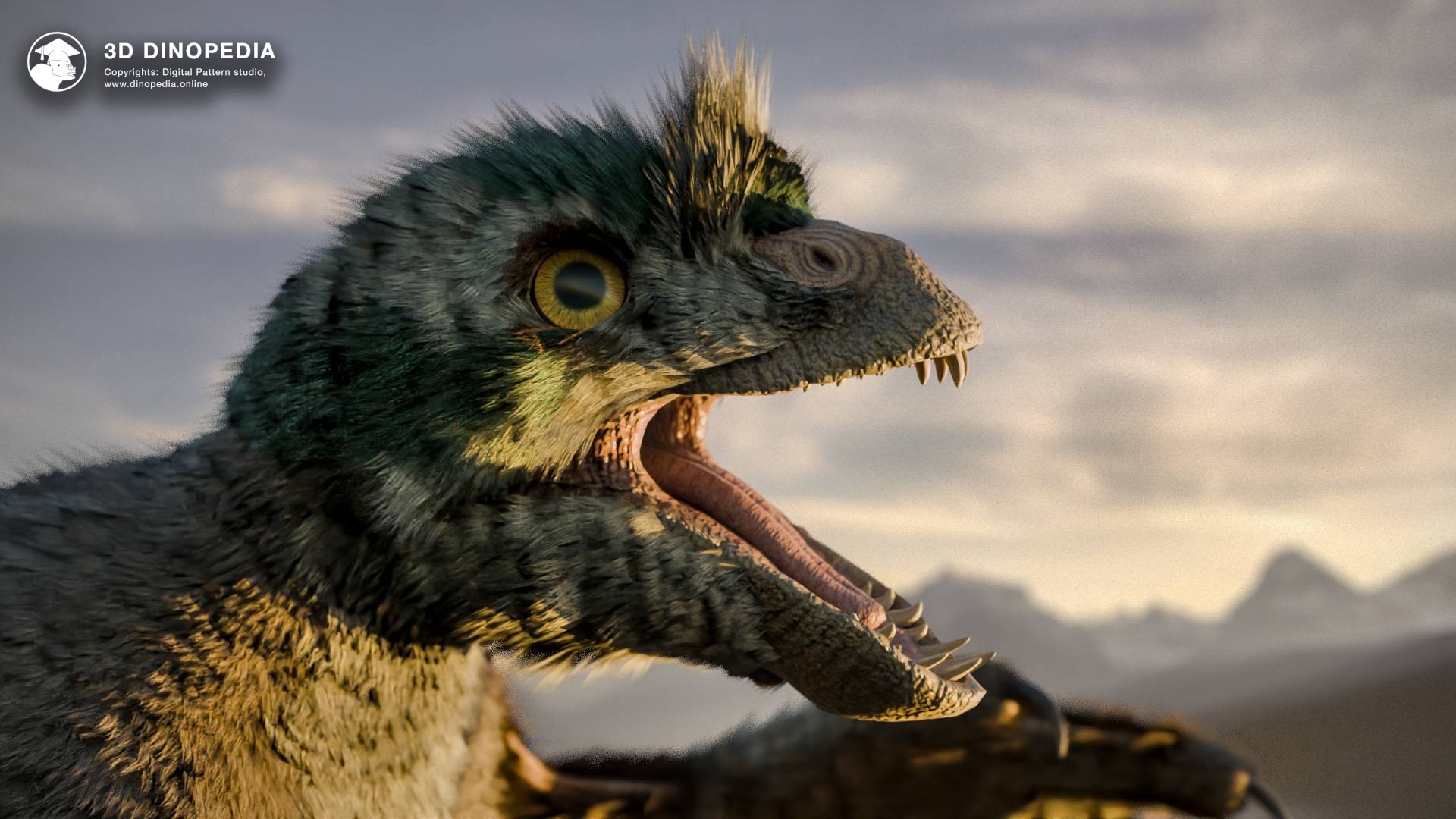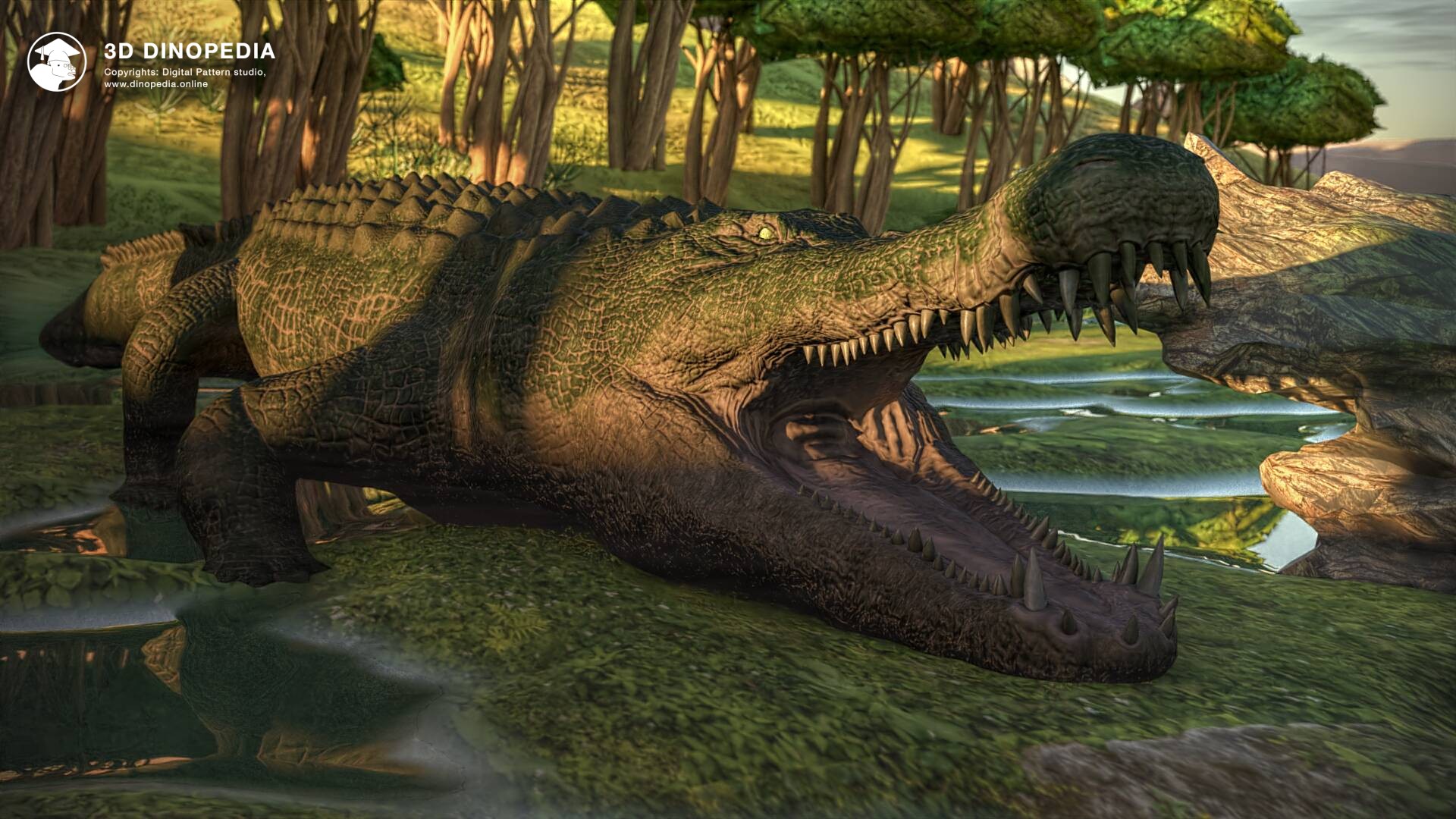Dwarfs from Wrangel
20.05.2023 14:21
2324 views

Today, we are going on an amazing adventure to meet the mysterious inhabitants of Wrangel Island - the dwarf mammoths. How did they end up so small? And what ultimately led to their extinction? Let's uncover these secrets together!
Originally, these were ordinary mammoths, not too large, but not particularly small either. They lived in the far north of the largest continent - Eurasia. After the end of the ice age, the sea level rose, cutting our mammoths off from the mainland. Unexpectedly, they found themselves in the middle of a small island. It was unusual for mammoths to live on such a small piece of land - usually, during their life, mammoths roamed thousands of kilometers. Not only space but also resources were lacking for the mammoths. In the end, the smallest animals started to survive best, in one word - dwarfs. Gradually all the proboscideans on Wrangel Island became noticeably smaller, and with each generation, they continued on the path to miniaturization. This phenomenon is called "insular dwarfism," and it's characteristic not only of mammoths but also of many modern and extinct animals. Similarly, at the end of the Jurassic period, the sauropods, who found themselves on a small island, turned into some of the smallest long-necked dinosaurs in history - the Europasaurus.
However, the reduction in size was not the only problem. The small area of the island and the small number of mammoths led to something called inbreeding - when animals mate with close relatives. As a result, harmful mutations began to accumulate in the mammoths' genes, and their genetic diversity began to decline. Some of these mutations even led to their fur becoming less dense, and they became more vulnerable to the cold. In the end, mammoths increasingly suffered from congenital diseases and found it harder to adapt to life's twists and turns. This process is called "mutational meltdown."
Unfortunately, we can't precisely say what exactly caused the extinction of these amazing creatures. Perhaps they were too often preyed upon by polar bears, who are still the largest predators on the island. Maybe their "meltdown" doomed them; they were increasingly born sick and poorly adapted to the harsh world. Finally, the reason could be much simpler and sadder - for a couple of years, some cataclysm occurred on the island that led to the death of most of the greenery. For example, late unexpected frosts, or floods. Since mammoths need to constantly consume a large amount of food, and they had no chance to move to more fertile lands, they could simply have starved to death.
The story of the dwarf mammoths of Wrangel Island is amazing and mysterious. It shows us how complex and wondrous evolutionary paths, and nature itself, can be. And these mini-mammoths remind us of how important it is to preserve the biological diversity of our planet.
Discussions







{{ count }} comments
You must login to write a comment